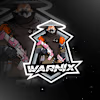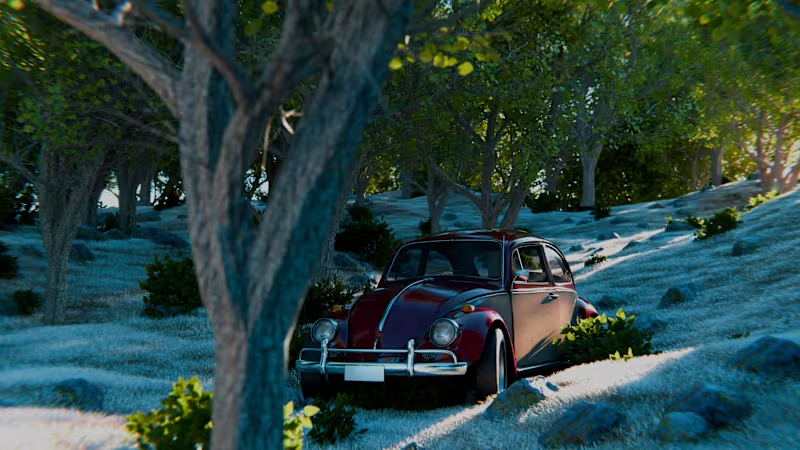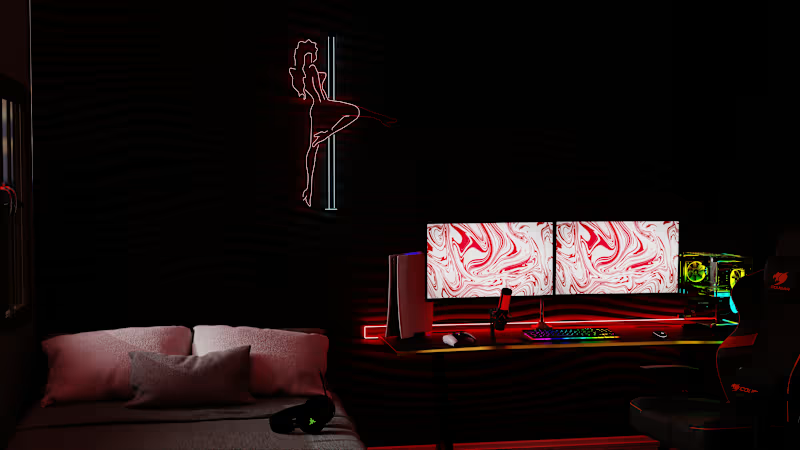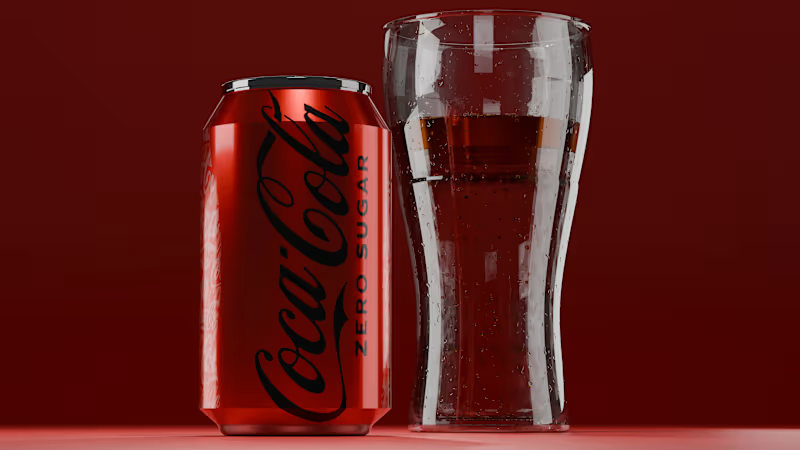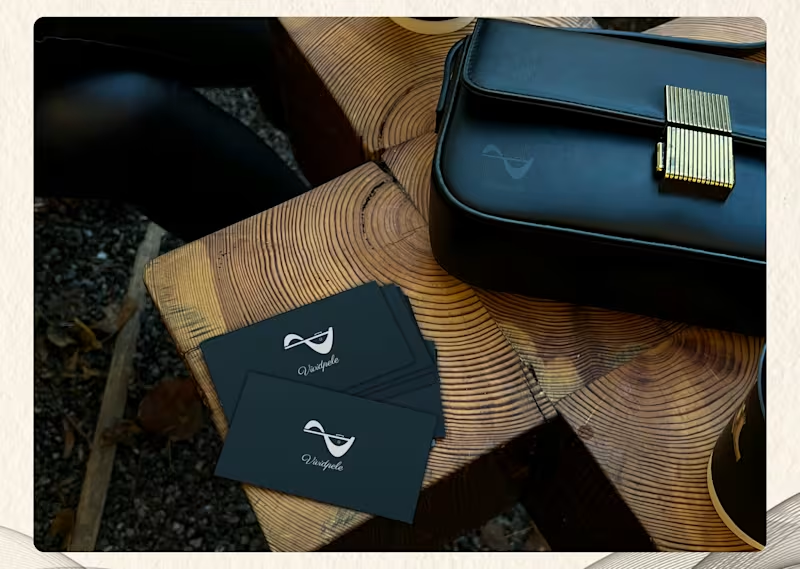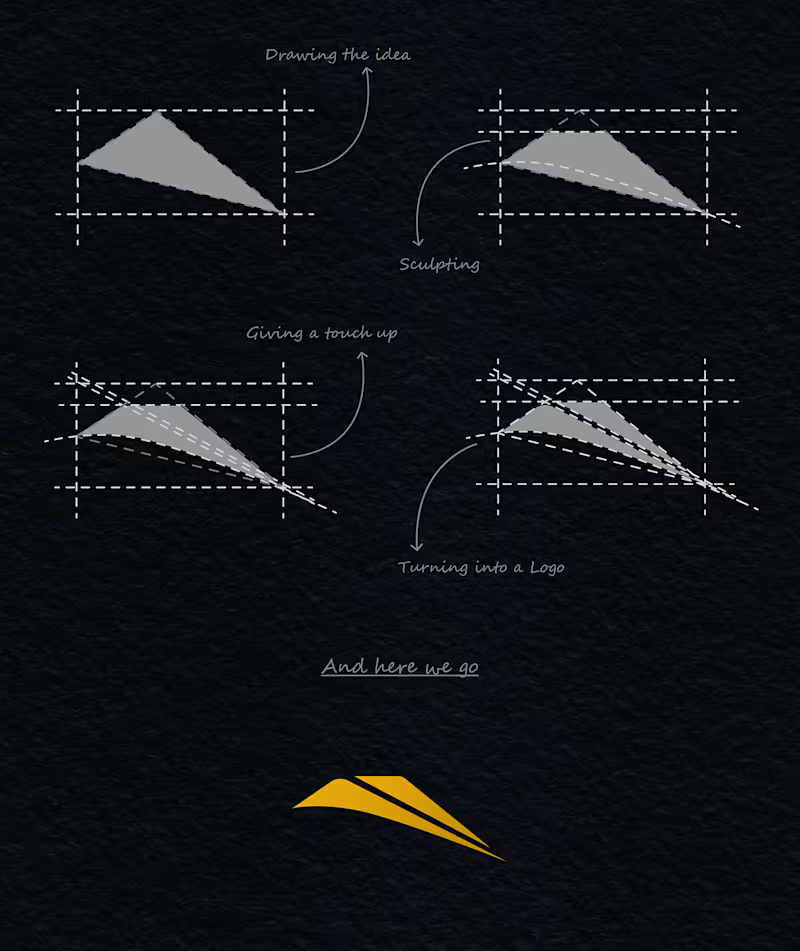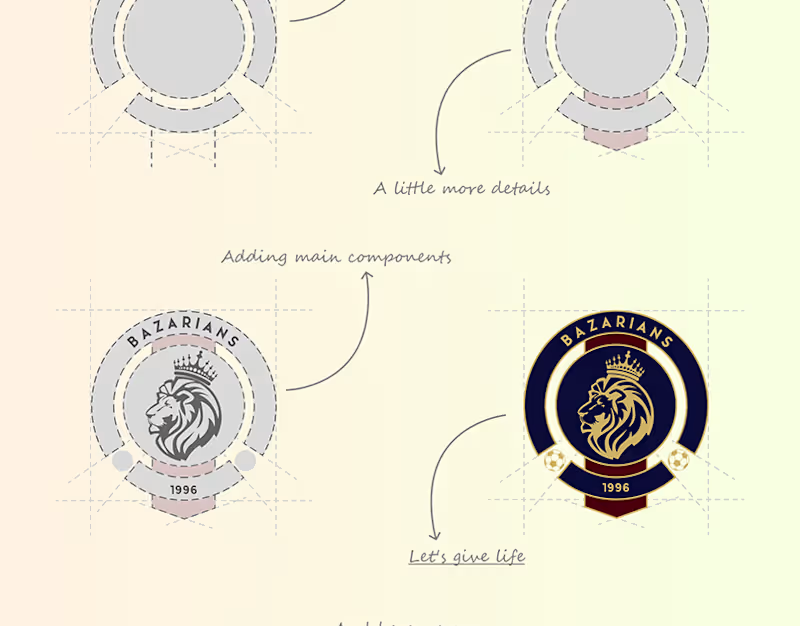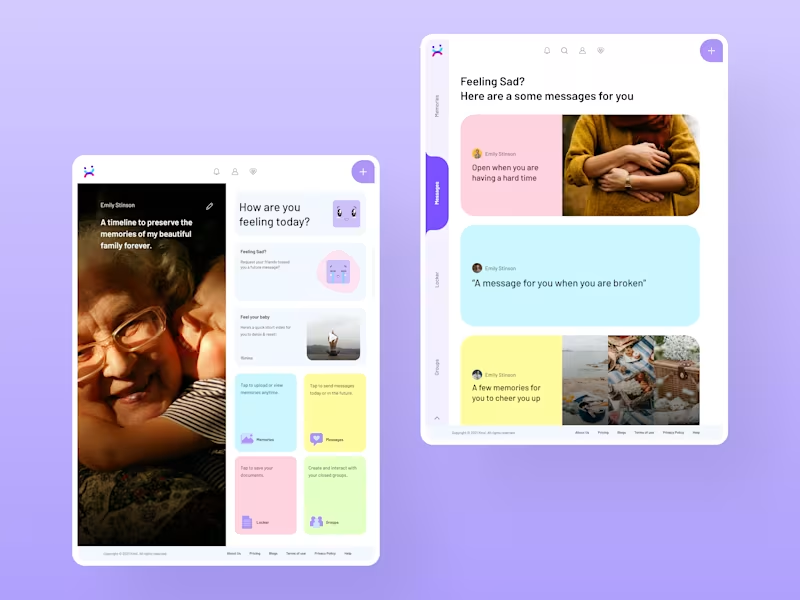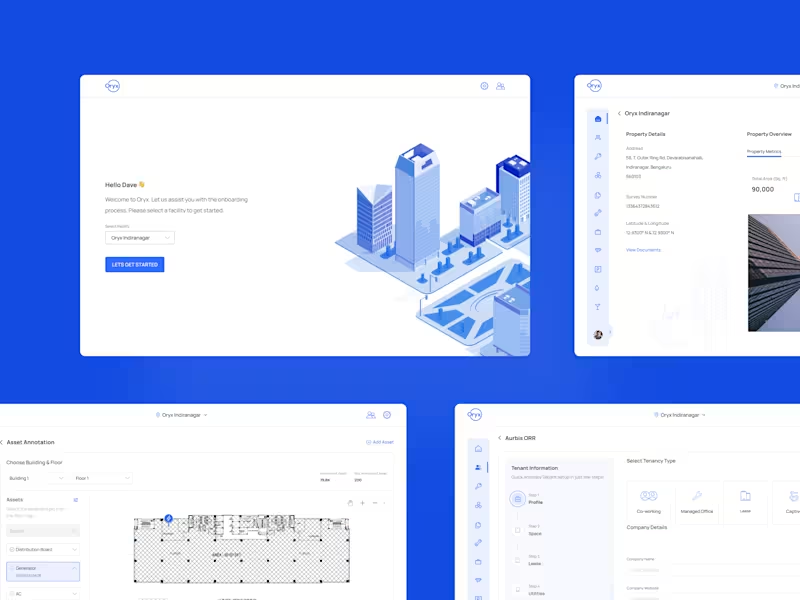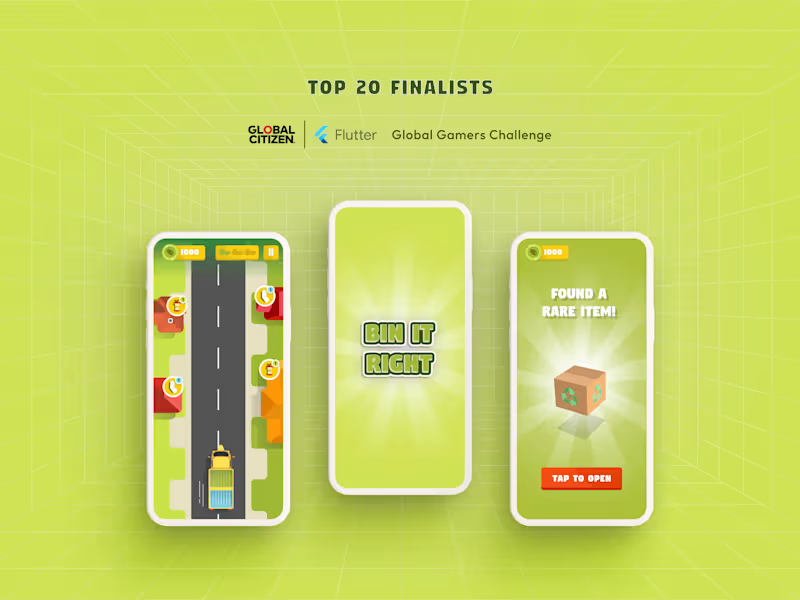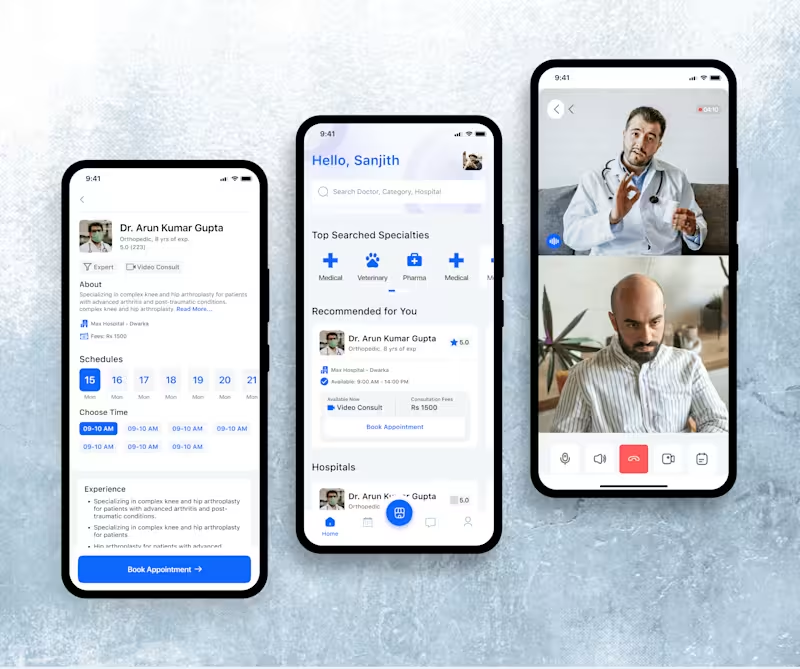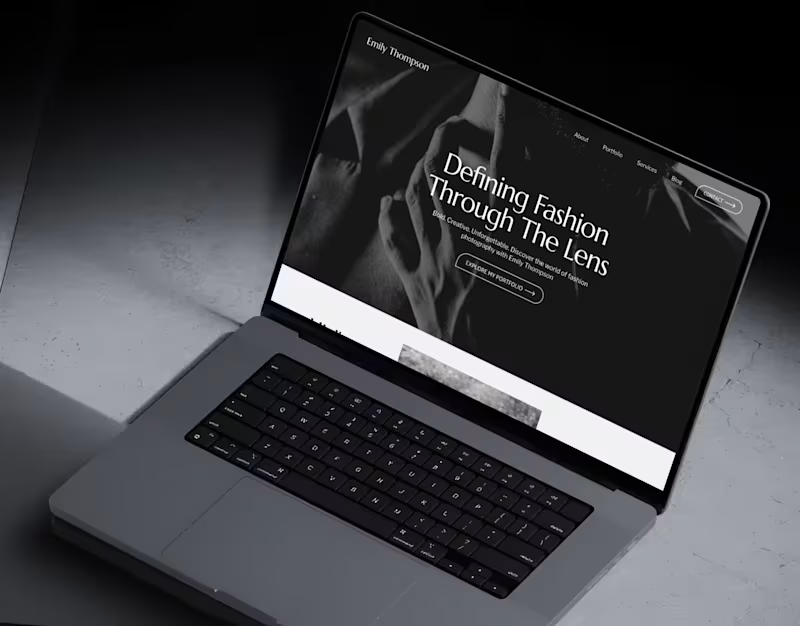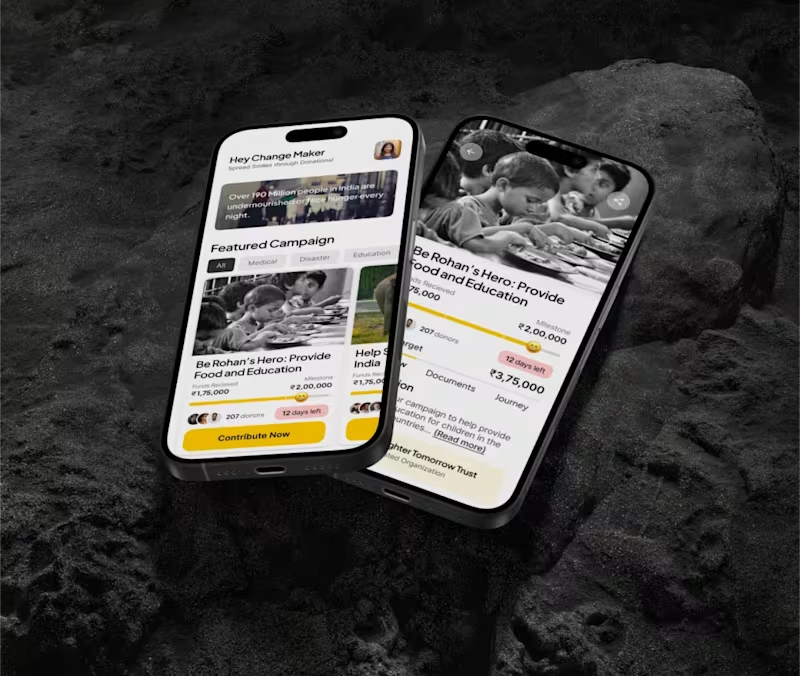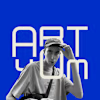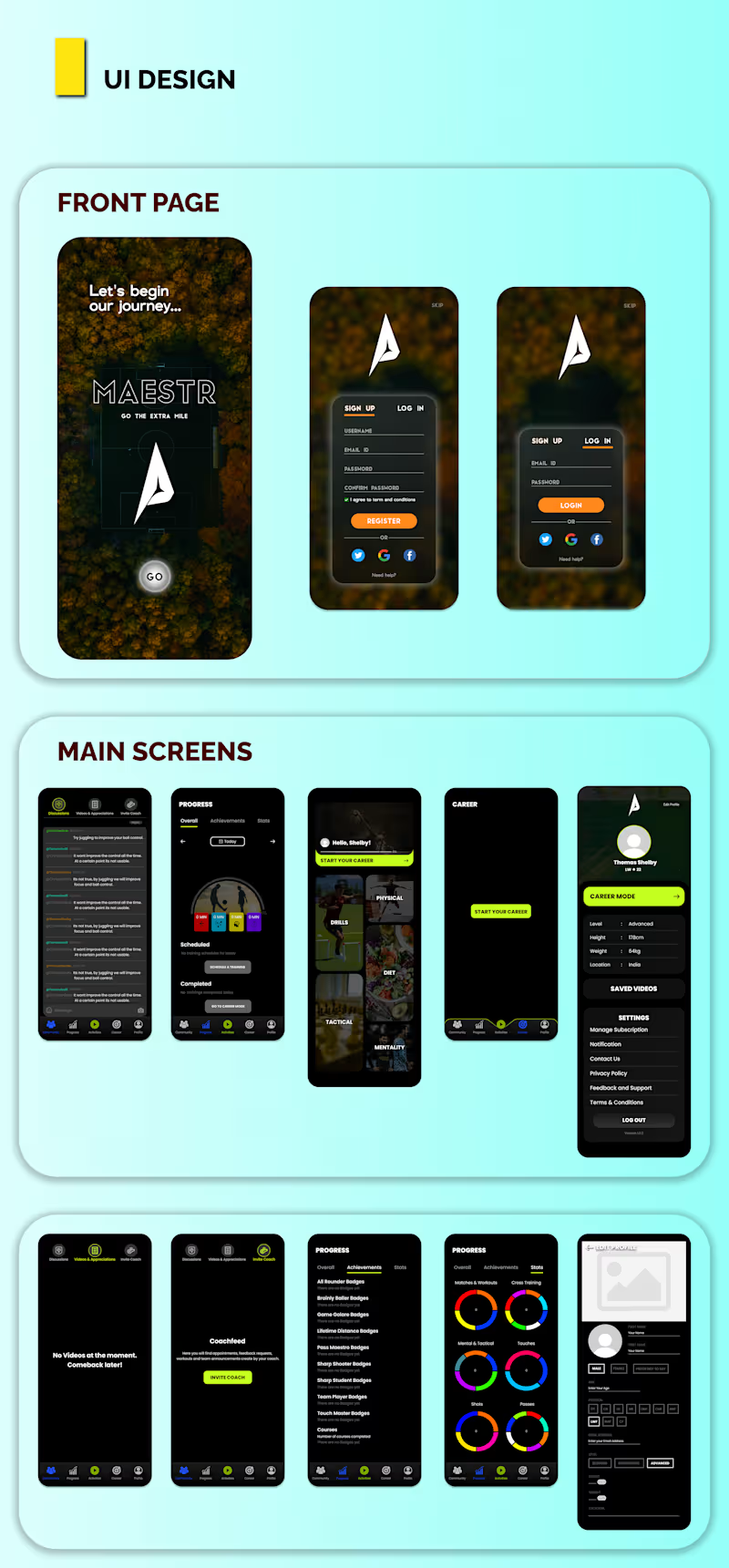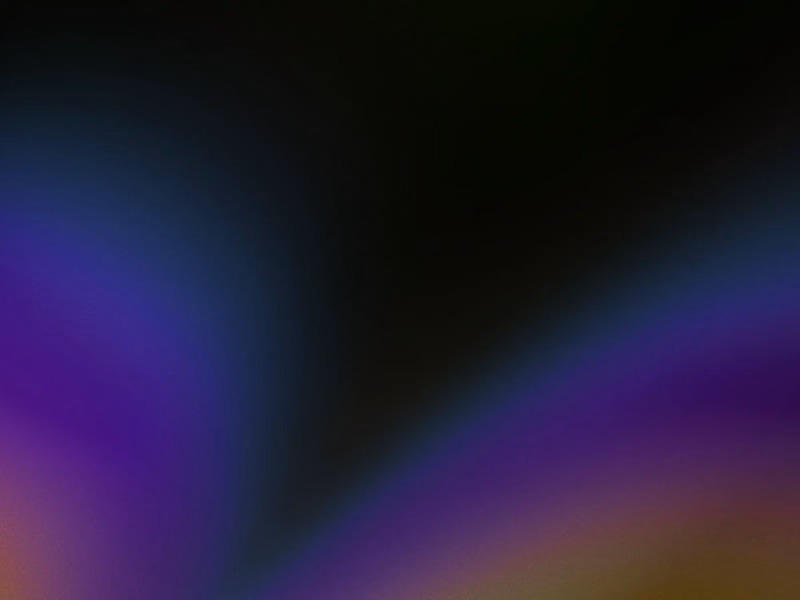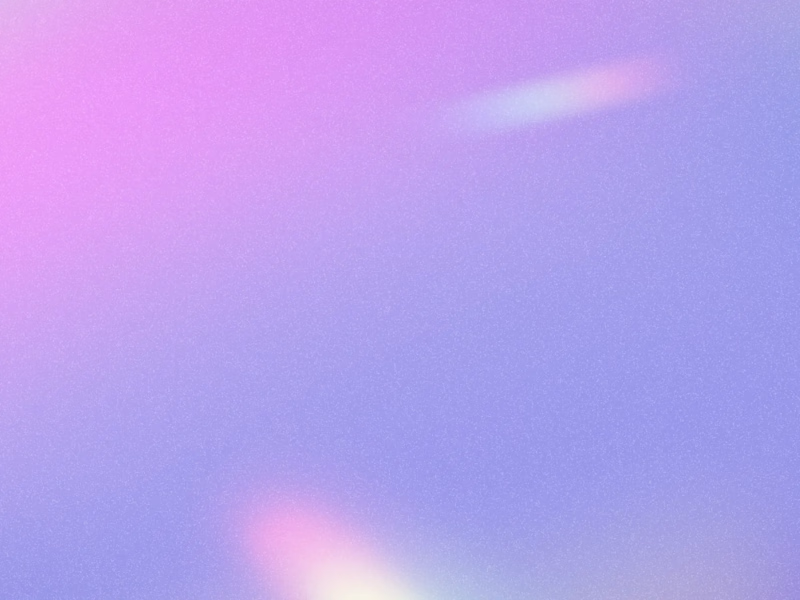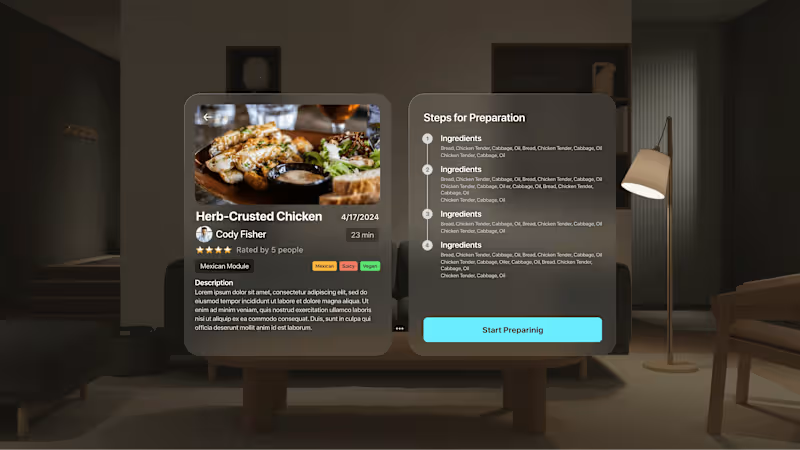What is the overall style and theme of the game we want to create?
Think about the world you want the player to explore. Is it a magical kingdom or a futuristic city? This helps guide the game designer in creating artwork and characters that fit your vision. Be clear if you want it to be colorful and fun or dark and mysterious.
How should I communicate and share ideas with the game designer?
Decide if you will use emails, video calls, or any other tools. Regular check-ins help keep the project on track. Being clear on how and when to communicate makes sure both sides stay updated.
What are the key features my game must have?
List the must-haves first, like levels, characters, or specific challenges. These are the parts of the game that are most important to you. Make sure the game designer knows what's most important so they can focus on that first.
What kind of art and graphics do we want to include in our game?
Think about the look of the game. Do you like cartoonish styles or realistic ones? Share examples of games you like to give the designer a clear picture of your taste.
How can I set clear milestones and deadlines with the game designer?
Break the project into smaller parts with deadlines. This helps track progress and makes sure everything stays on schedule. Having milestones also means you see how the project is shaping up step by step.
What tools will the game designer use for creating the game?
Ask about the software and tools they prefer. It's important because some tools might be better for certain types of games. If you're in Karnataka, check if they can adapt to local tech preferences.
What should be included in the project agreement?
Write down the game’s details, like style and features, in a simple document. This agreement should also list deadlines and responsibilities. Both you and the designer sign it to make things clear and fair.
How can I ensure the game designer understands the target audience?
Explain who will play the game, like kids, teens, or adults. Understanding the audience helps in creating a game that they will enjoy. If the game is for people in Karnataka, mention local preferences to help tailor the game's design.
Do I need to consider local cultural elements in the game design?
If your game is set in Karnataka or meant for its people, incorporating local elements can make it more relatable. Think about using iconic Karnataka visuals or stories. Share this with the designer if it’s important for your project.
What should I do if the game designer needs more support?
Keep an open line for extra resources like sound design or testing. Sometimes a designer might need more help to complete the vision. Make it known that you are open to discussing these needs as the project progresses.
Who is Contra for?
Contra is designed for both freelancers (referred to as "independents") and clients. Freelancers can showcase their work, connect with clients, and manage projects commission-free. Clients can discover and hire top freelance talent for their projects.
What is the vision of Contra?
Contra aims to revolutionize the world of work by providing an all-in-one platform that empowers freelancers and clients to connect and collaborate seamlessly, eliminating traditional barriers and commission fees.




























